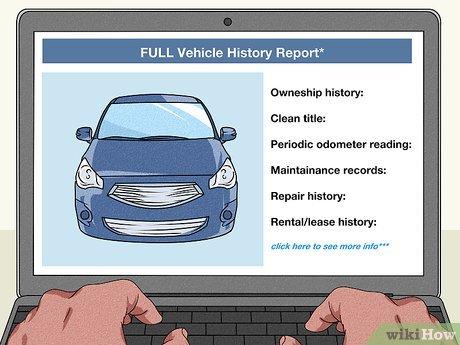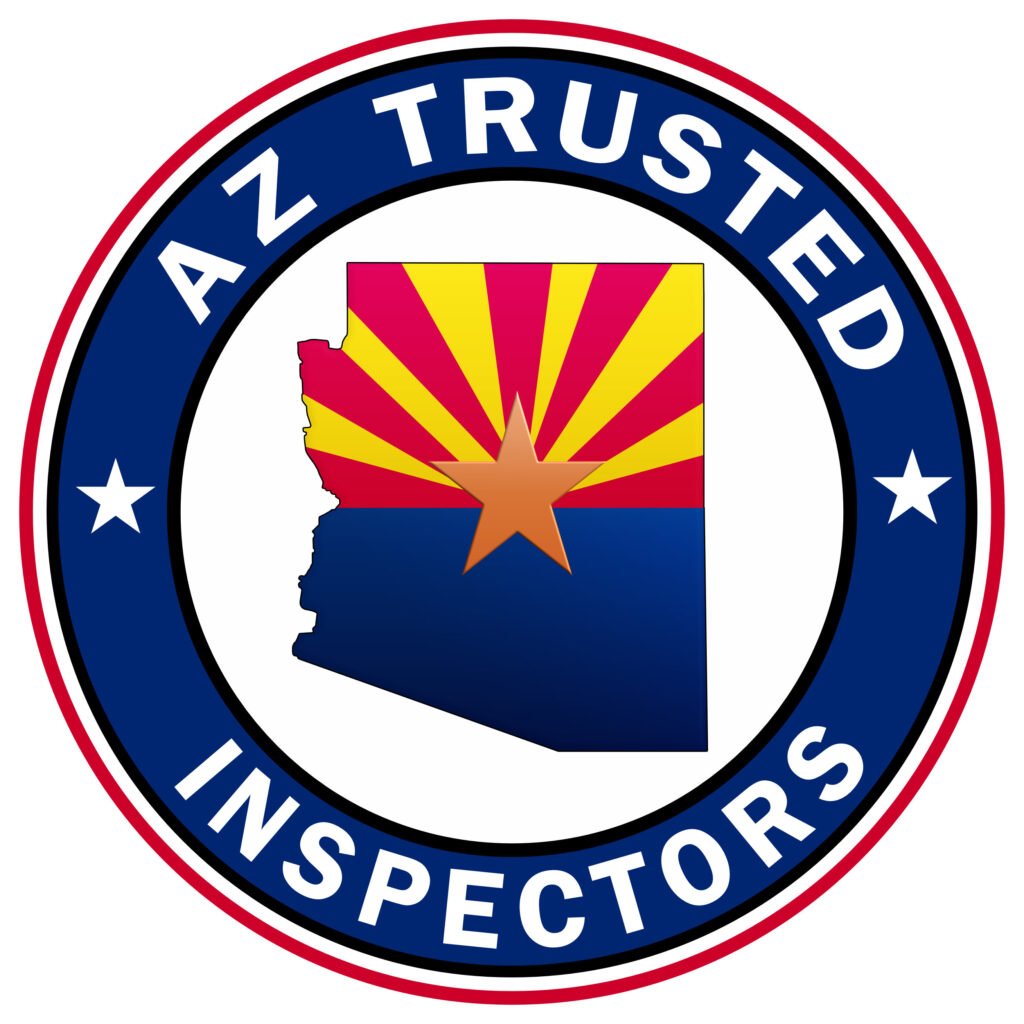When the thrill of owning a new vehicle beckons, the allure of a used car can often seem like a golden chance. It’s not just about saving money; it’s about finding the perfect ride that fits your lifestyle and budget. However, the road to securing a dependable used car is often paved with potential pitfalls. Just as a seasoned driver keeps an eye on the rearview mirror, cautious buyers must remain vigilant for red flags that may signal trouble down the road. in this article, we’ll explore five critical warning signs that could indicate a used car isn’t all it appears to be. By arming yourself with this knowledge, you’ll be better equipped to navigate the buying process, ensuring you drive away with a vehicle that’s both reliable and right for you.
Identifying Signs of Wear and Tear
When evaluating a used car, paying attention to visible deterioration is essential in making an informed decision. Look for scratches, dents, and rust spots on the exterior, which might indicate neglect or previous accidents. Inspect the tires closely; uneven wear can suggest alignment issues, a common sign of a vehicle that has been mishandled. Additionally, check for cracks in the windshield and faded or peeling paint, as thes may indicate exposure to harsh environmental conditions, hinting at the carS overall care.
Moving to the interior, signs of excessive wear can be discerned by observing the seats, dashboard, and controls. Look for rips, stains, or faded upholstery, which may suggest frequent use or poor maintenance. Smells can frequently enough betray a car’s history; musty or moldy odors can point to water damage, while a strong scent of air fresheners might indicate an attempt to mask underlying issues.Lastly, don’t forget to listen for unusual noises during a test drive, as they frequently enough reveal mechanical problems lurking beneath the surface.

Uncovering the Truth Behind Vehicle History
When diving into the realm of used cars, it’s essential to peel back the layers to reveal what’s hidden beneath the surface. A vehicle’s history can tell you more than meets the eye; it can flag meaningful issues that may become costly problems down the line.Start by examining these key indicators that can unveil potential red flags:
- Title Issues: Be wary of salvage or rebuilt titles, as these can indicate past major damage.
- Odometer Discrepancies: Check for signs of tampering in the mileage; any inconsistencies should raise alarms.
- frequent Ownership Changes: A rapid succession of previous owners can hint at underlying issues with the vehicle.
Moreover, utilizing vehicle history reports can be a savvy move that pays off significantly. These reports compile data from various sources to give you a clearer picture of the car’s past. When accessing this data, look out for:
- Accident History: Previous accidents can affect the car’s integrity and resale value.
- Service Records: Incomplete maintenance history might signal neglect and future reliability issues.
- Recalls: Ensure that all safety recalls have been addressed to avoid legal repercussions or safety concerns.

Understanding the Importance of a Trusted Inspection
The process of buying a used car can be exhilarating, but it also carries significant risks. Engaging a trusted inspection service is paramount in safeguarding your investment. These professionals not only have the expertise to identify hidden issues that an untrained eye might overlook but also provide peace of mind throughout the purchasing process. A comprehensive inspection can reveal critical information about the vehicle’s history,its current condition,and whether it has been subjected to major repairs or accidents. This assessment can save you countless hours and potential financial loss in the long run.
When selecting an inspection service, look for credentialed professionals who specialize in pre-purchase inspections, as they often have the equipment and experience necessary to spot common problems. Key aspects of thier evaluation typically include:
- Frame integrity: Checking for signs of past accidents
- Engine performance: Assessing any leakage or unusual noises
- Brake function: Ensuring safety while driving
- Tire condition: Evaluating tread depth and alignment
Utilizing a reliable inspection not only empowers you to make informed decisions but can also be an effective bargaining chip when negotiating the price. With detailed reports and insights,you stand a better chance of securing a fair deal rather than falling prey to hidden defects that could lead to costly repairs in the future. Remember, investing in a trusted inspection is an investment in your peace of mind and financial security.

Navigating Negotiations with Confidence
Stepping into negotiations for a used car can feel daunting, but being aware of potential red flags can empower you. trust your instincts; if something feels off, it probably is.look for signs such as excessive or incomplete paperwork—this could indicate a history of hidden issues. Additionally,if the seller is reluctant to allow a third-party inspection,that may be a sign to proceed with caution. Always keep an eye out for overly aggressive sales tactics, as they can cloud your judgment and push you into a hasty decision.
Another crucial element to monitor is the vehicle’s history. Consider requesting a report from trusted services such as Carfax or AutoCheck to uncover any potential accidents or title issues. If the seller is unwilling to provide this, it’s a red flag. Lastly, don’t ignore the condition of the car itself; the exterior and interior should match the disclosed mileage. Check for signs of wear and tear that are inconsistent with age. taking the time to research and assess these indicators will not only bolster your confidence but may also lead to a favorable deal.
Key Takeaways
navigating the world of used car purchases can often feel like traversing a minefield. By staying vigilant and keeping an eye out for these five red flags, you empower yourself to make a more informed decision and, ultimately, protect your investment. Remember, a little diligence now can save you from significant headaches down the road.Whether you’re a first-time buyer or a seasoned pro,ensuring that your next vehicle brings joy rather than buyer’s remorse is the goal. Happy car hunting, and may you find the perfect ride that suits your needs and budget!
